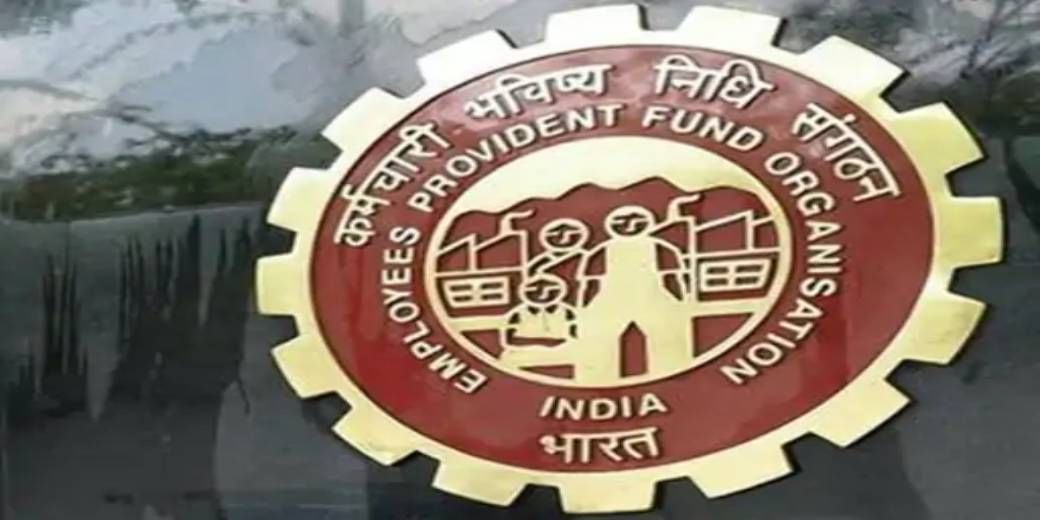No more headaches in transfering old PF balance to new co
Under the new rules, if an employee changes his job, he won't have to go through the paperwork to transfer his PF from the old organisation

The Employees Provident Fund Organisation or EPFO has made a significant change in its regulations. This has provided great relief to millions of employees working in India. Under the new rules, if an employee changes his job, he won’t have to go through the paperwork to transfer his PF from the old organisation. As soon as the new company deposits the first contribution into the new employees PF account, the balance from his previous company’s PF account will be automatically transferred to the new account.
Now let’s see what the new rule entails:
According to EPFO, now there’s no need to worry about transfer of PF when an employee changes his job. As soon as the new company deposits the first contribution into your PF account, the balance from the previous organisation’s PF account will automatically transfer to the new account.
Now, let’s understand what used to happen under the old system. Until now, you had to fill out a form to transfer the money from your previous company to the new company’s PF account. This application had to be verified by either your previous or new employer. This process took a long time. Although there was an option for online transfer under the One Nation One Account scheme. It is available on the EPFO website, but it takes months for the process to complete. Many times, the transfers would get stuck, and the old PF account couldn’t be transferred.
So, What are the benefits of EPFO’s new rules? Well, now, there is no role of your previous organisation in the transfer process. Additionally, employees are also free from paperwork. Some people wouldn’t transfer their PF when they used to change jobs and would withdraw it instead, even if they had to incur charges. But, With the new system, people will be able to accumulate more money for retirement. Now, they will most likely won’t withdraw money unnecessarily from PF account.
It’s also important to find out when PF cannot be transferred. In the new system, only those employees whose PF account is linked with UAN and have completed KYC will have their PF transferred. If KYC is not complete, the funds won’t be transferred.
Now let’s tell you what UAN is. Essentially, every member of EPFO is identified through a number called Universal Account Number, i.e., UAN. UAN is a 12-digit unique number given to every employee contributing to EPF. This number remains the same for each employee throughout their lifetime, no matter how many times they change jobs. It functions similar to Aadhar. With UAN, your entire profile can be accessed with just one click.
How many members does EPFO have? According to the EPFO website, the organization has registered 7.5 lakh establishments. These organisations have 7.5 crore members associated with the EPFO. And 78.42 lakh individuals get pension.
Now you might wonder, how much does PF deduct? According to the regulations, employees are required to contribute 12% of their basic pay, i.e., monthly basic salary, towards EPF. The same amount is contributed by their employer. For those working on a Cost to Company (CTC) basis, contributions are deducted from the employee’s salary.
In this, you also get the benefit of a pension. The amount deducted from the employee’s salary for 12% of the basic and DA gets deposited into the PF account. Out of the 12% contributed by the company, 8.33% goes into the employee pension scheme or (EPS), while the remaining amount goes into the PF account. The calculation for the pension amount is based on a basic salary of Rs. 15,000. However, until July 11, 2023, there was also an option for pension deduction on the full salary.
You can also check the amount of PF. There are several ways to find out how much money is deposited in your PF account. The first way is to log in through UAN and check the passbook. The second is to download the Umang app and check the details of the PF account. The easiest way is to give a missed call to 9966044425 from your registered mobile number… By giving a missed call on this number, you will receive an SMS. This message will contain the latest balance and details of the last contribution.
The provident fund is for your retirement. Withdraw money from this account only when it’s very necessary. If you have a PF account with your previous company, merge it with the current company’s account. Currently, you get 8.25% interest on your PF. It is the highest among all small savings schemes.